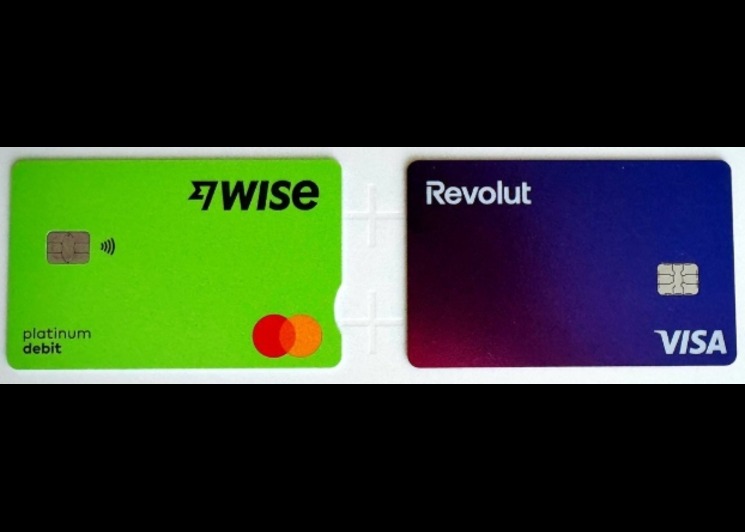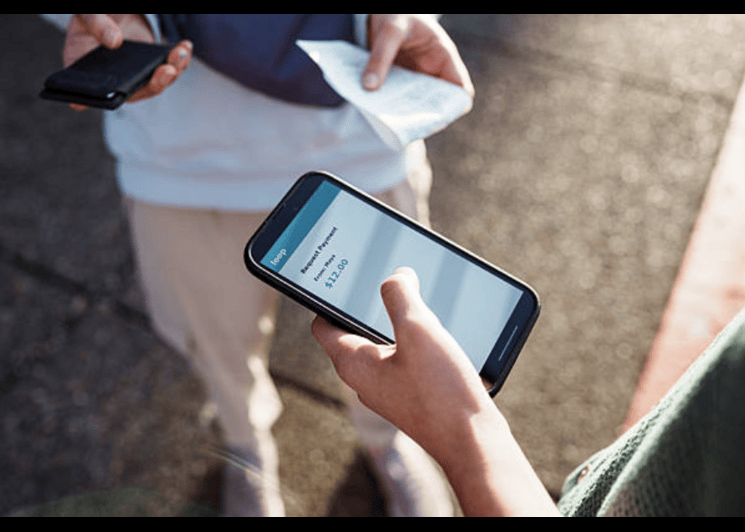What is Ransomware: Types and Preventive Measures You Should Know
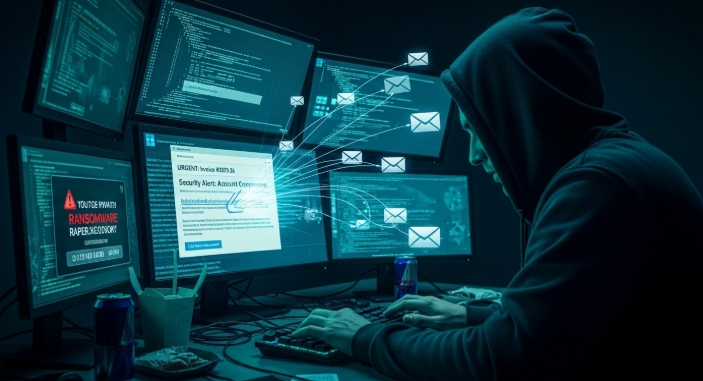
Ransomware is a type of malware that encrypts your files until you pay a ransom, and it’s rising quickly. In 2024, attacks jumped 37%, with phishing driving almost 90% of infections. A single ransomware attack can shut down operations, expose sensitive data, and cost businesses over $4.5 million in recovery.
Protection now requires more than basic security tools. It demands stronger internal processes, tighter vendor controls, and solid financial safeguards. Platforms like Bycard help by isolating vendor payments with virtual cards, reducing exposure during phishing attempts and limiting the financial impact of a ransomware attack.
- What is Ransomware: Types and Preventive Measures You Should Know
- How Phishing and Malware Lead to a Ransomware Attack
- Types of Ransomware: How Different Malware Variants Behave
- What To Do When a Ransomware Attack Happens
- Should You Pay the Ransom? Practical and Legal Realities
- Early Warning Signs That Malware Is Active
- Backup and Recovery: Your Safety Net Against Phishing, Malware, and Ransomware
- Third-Party and Supply-Chain Risks in Ransomware Attacks
- Where Bycard Fits: Reducing Financial Exposure Amid Phishing, Malware, and Ransom
How Phishing and Malware Lead to a Ransomware Attack
Phishing is often the entry point for a ransomware attack. A carefully crafted email or message tricks someone into clicking a link or downloading an attachment. That’s when the malware slips in. Once inside, the malware can stay hidden, gather credentials, and spread laterally across your network, setting the stage for a full-scale ransomware attack.
Cybercriminals usually balance patience with timing, waiting for off-peak hours like weekends or late nights to launch the most damaging phase. This strategy amplifies disruption, and many victims aren’t ready.
Types of Ransomware: How Different Malware Variants Behave
- Crypto Ransomware: Encrypts files and demands payment for the decryption key. Often deployed after a phishing-led malware drop.
- Locker Ransomware: Locks the entire device (screen or OS) rather than encrypting files. Usually installed via trojans or phishing emails.
- Double-Extortion Ransomware: Attackers first steal data, then encrypt it. They threaten to publish stolen data unless paid.
- Ransomware-as-a-Service (RaaS): Makes it easy for non-technical attackers to launch ransomware attacks by providing ready-made malware kits. This model has raised the volume and scale of attacks.
Understanding these types can help you tailor your response based on the kind of threat you’re facing.
What To Do When a Ransomware Attack Happens
- Disconnect compromised devices immediately to stop the malware from spreading.
- Preserve logs and evidence, don’t reboot, and capture screenshots or ransom notes.
- Change passwords from a clean device to prevent attackers from exploiting your credentials.
- Notify your incident response team or cyber insurance provider if you have one.
- Check your backups to ensure they’re clean before restoring.
- Communicate clearly with your internal team using known-safe channels.
Every minute counts. Acting fast prevents the malware from causing a deeper ransomware attack across your systems.
Should You Pay the Ransom? Practical and Legal Realities
The decision to pay during a ransomware attack is complicated. Some organizations pay to restore operations; others refuse for ethical, legal, or strategic reasons.
You need to consider:
- Regulatory reporting requirements if data was exposed.
- Whether paying violates sanctions (in some regions, paying certain groups is illegal).
- If your cyber insurer has negotiation support or approved vendors.
- Whether attackers can provide real proof of decryption before payment.
Paying doesn’t guarantee safety. Many victims who pay still experience repeat phishing attempts or new malware attacks from the same group.
Early Warning Signs That Malware Is Active
- Large volume of unusual file extensions (e.g., .locked or random characters)
- Spikes in CPU, disk, or network usage
- Outbound network flows that don’t match normal behavior (possible data exfiltration)
- Disabling or tampering with antivirus or endpoint detection platforms
- New scheduled tasks, odd processes, or unexpected PowerShell or script executions
- Multiple phishing reports from users in a short timeframe
If you spot these, gather logs from EDR, firewall, VPN, and email gateways, these will help your incident responders trace the origin and method of the ransomware attack.
Backup and Recovery: Your Safety Net Against Phishing, Malware, and Ransomware
Backups are your most powerful defence against ransomware. But not all backups are created equal:
- Adopt the 3-2-1 rule: Keep 3 copies of your data, on 2 different media, with 1 copy offline or air-gapped.
- Use immutable storage or snapshots: This prevents your backups from being tampered with or encrypted by malware.
- Test your restores: Perform full restore simulations regularly (at least quarterly) to make sure they actually work.
- Secure backup credentials: Keep credentials separate from your main network and protect them with multi-factor authentication.
- Only restore after containment: Confirm that the malware vector is cleaned, or you risk reinfection from a “clean” but compromised backup.

Secure your Vendor Payments with Confidence!
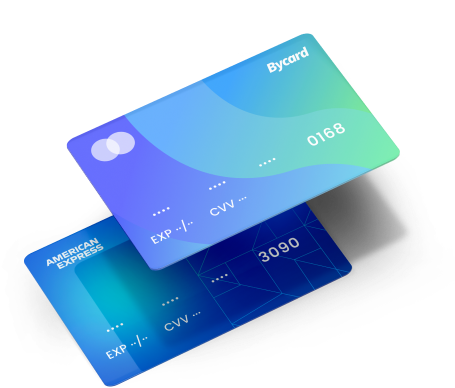
Third-Party and Supply-Chain Risks in Ransomware Attacks

Ransomware doesn’t always enter through your own systems, it often comes via suppliers or external vendors.
- Perform security due diligence: Ask vendors for security assessments, recent penetration test results, and audit certifications (SOC 2, ISO 27001).
- Implement strong contracts: Define breach-notification timelines, right-to-audit clauses, and minimum security standards.
- Limit access: Use least-privilege access for vendor accounts. Segment their permissions so they can’t reach your crown-jewel systems.
- Rotate credentials: Change vendor passwords regularly, especially for third parties with privileged access.
Where Bycard Fits: Reducing Financial Exposure Amid Phishing, Malware, and Ransom
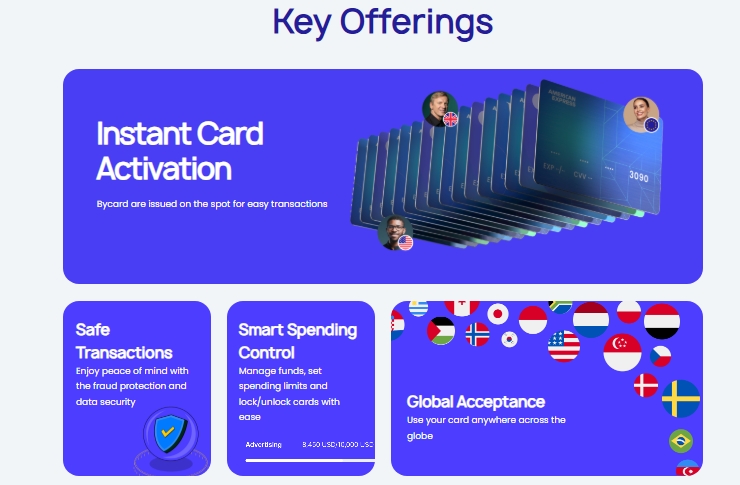
Bycard (a virtual-card platform) provides tools that align very well with risk control in financial operations, especially in a ransomware-prone world.
- Per-vendor virtual cards
- Create a unique virtual card for each supplier or campaign. If a phishing or fraud attempt compromises one, you cancel that card without affecting other subscription or vendor payments.
- Create a unique virtual card for each supplier or campaign. If a phishing or fraud attempt compromises one, you cancel that card without affecting other subscription or vendor payments.
- Admin-level controls
- Bycard allows admins to lock or cancel cards instantly. During a suspected ransomware attack or fraud campaign, you can freeze the impacted card, limiting financial damage.
- Bycard allows admins to lock or cancel cards instantly. During a suspected ransomware attack or fraud campaign, you can freeze the impacted card, limiting financial damage.
- Budgeting & reconciliation
- With real-time spend visibility and receipt tracking, Bycard helps you detect unusual or unauthorized spending quickly, such as a vendor being used in a fraudulent transaction tied to malware or phishing.
- With real-time spend visibility and receipt tracking, Bycard helps you detect unusual or unauthorized spending quickly, such as a vendor being used in a fraudulent transaction tied to malware or phishing.
- Segregated ad spend
- Use Bycard to generate one card per ad platform (Google, Facebook, TikTok). If any ad account is compromised (say via phishing), the financial liability is contained to just that card.
- Use Bycard to generate one card per ad platform (Google, Facebook, TikTok). If any ad account is compromised (say via phishing), the financial liability is contained to just that card.
Using Bycard supports your security strategy by minimizing payment exposure, increasing visibility, and improving the speed of financial containment.
Conclusion
Ransomware isn’t slowing down, and the mix of phishing, malware, and more aggressive attack patterns means businesses must go beyond basic antivirus. Strong defenses start with simple habits, using MFA, training teams to spot phishing, keeping isolated backups, and having a response plan people actually understand.
But security isn’t only technical. The financial fallout is often overlooked, especially when attackers target vendor accounts or attempt unauthorized payments. This is where Bycard adds protection. With per-vendor virtual cards, real-time spend controls, and instant card shutdowns, Bycard helps contain financial risks before they escalate.


